The equation of ellipse of complex number system is |z-z1|+|z-z2|=constant. As for example, |z+3+8i|+|z-3-8i|=18 is an equation of ellipse of complex number.
For learn about simple function of Mathematics and graphing, visit: Graphing simple function of Mathematics
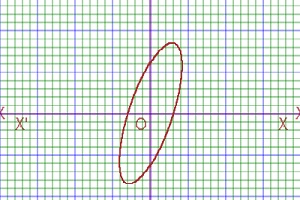
The equation of Hyperbola of complex number system is |z-z1|-|z-z2|=constant. As for example, |z+5i|-|z-5i|=12 is an equation of hyperbola of complex number.
For learn about piecewise function and graphing, visit: Graphing piecewise function of Mathematics
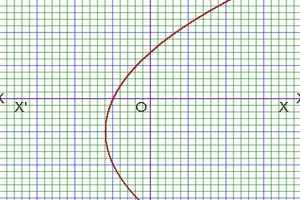
Another equation of Hyperbola of complex number system are Re(z2)=constant and Im(z2)=constant . As for example, Im(z2)=15 is an equation of hyperbola of complex number.
For learn about implicit function and graphing, visit: Graphing Implicit function of Mathematics
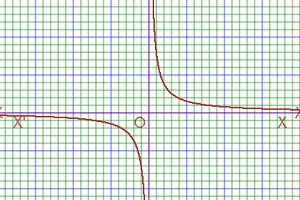
The equation of Circle of complex number system is |z-z1|=constant. As for example, |z-5-2i|=6 is an equation of circle of complex number.
For learn about linear programmming of Mathematics and graphing, visit: Graphing linear programmming of Mathematics

The inequality of ring shape region of complex variable 3<=|z+3i|<=5 is given bellow and.
Youtube vedio tutorial for complex analysis.
For learn about inequality of Mathematics and graphing, visit: Graphing Inequality of Mathematics
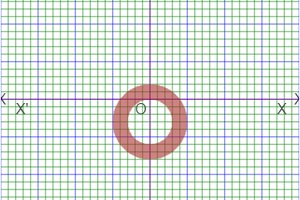
The inequality of outer region of hyperbola of complex variable Re(z2)>2 is given bellow-

For learn about polar function of Mathematics and graphing, visit: Graphing Polar function of Mathematics
The inequality of outer region of hyperbola of complex variable Im(z2)>2 is given bellow-
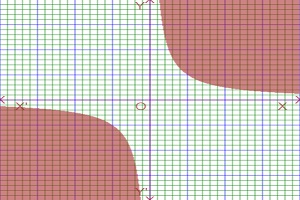
For learn about parametric function of Mathematics and graphing, visit: Graphing Parametric function of Mathematics
Definition of Comlex analysis
The Complex analysis is the study of analysis of Complex Numbers together with their graphs, derivatives,integrations, manipulation and other mathematical properties.
Complex analysis is also known as one of the classical branch of mathematics and analysis. The Complex Numbers with their functions and their graphs, limits, derivatives, integrations, manipulation and other mathematical properties. The
The Complex analysis is a mathematical topic of practical applications to solve physical problems. The real life applications of complex analysis are Signal processing, AC circuit analysis,
The Quantum mechanics,
The Electronics,
The Electromagnetism,used in
The computer science engineering,used in mechanical and
The civil engineering, used in
The control systems, etc.
Euler's formula or Euler's theorem of Complex analysis:
If i is the unit of imaginary number and where e is the base of the natural logarithm, Then the Euler's formula or Euler's theorem of Complex analysis is defined by eiθ=cosθ+isinθ where θ is a angle. The Euler's formula or Euler's theorem , named from Swiss Mathematician Leonhard Euler. The Euler's formula or Euler's theorem of Complex analysis establishes the fundamental relationship between the complex exponential function and the trigonometric functions i.e. eix;=cosx+isinx where e is the base of the natural logarithm and i is the unit of imaginary number.

De Moiver’s Theorem of Complex analysis:
If i is the unit of imaginary number, Then the De Moiver’s Theorem of Comlex analysis is defined by (cosx+isinx)n=cosnx+isinnx where x is a angle and n is any integer. The theorem , named from The Mathematician Abraham de Moivre.
The relation between Euler's formula and De Moiver’s Theorem of Complex analysis is De Moivre's formula is a precursor to Euler's formula. Anyone can derive de Moivre's formula by applying the Euler's formula and the exponential law of integer i.e. (eix)n=einx=cosnx+isinnx .













